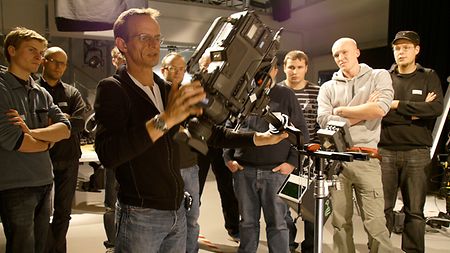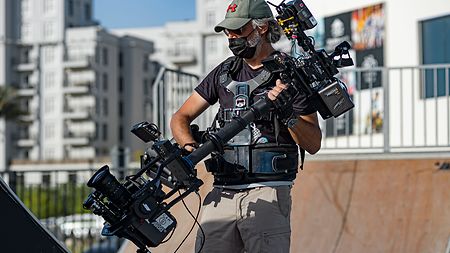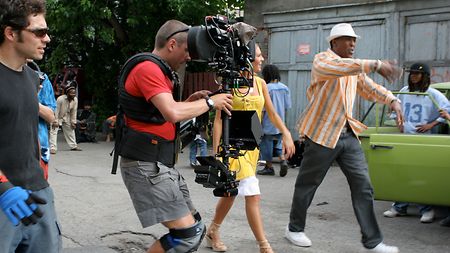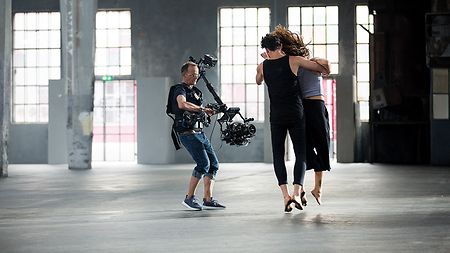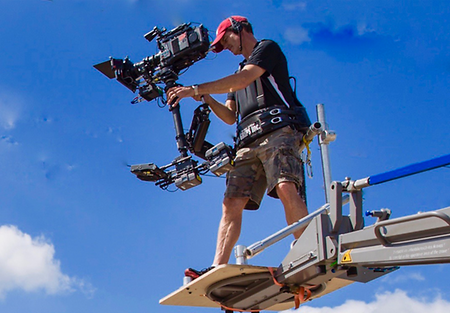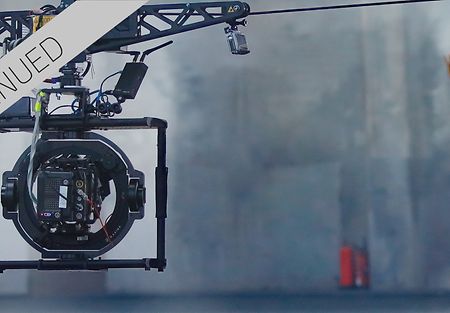In 2021 artemis celebrates 20 years of innovation in the field of camera stabilization technology. For the last five of those 20 years, artemis has been part of the ARRI product family, during which time it has reached new heights and been embraced by some of the world’s top filmmakers. The flagship product is TRINITY, the first hybrid camera stabilizer to combine classic mechanical stabilization with advanced active electronic stabilization. Complementing TRINITY are artemis vests and spring arms—all part of a complete and ever-growing system.
The driving force behind the development and success of artemis is Curt O. Schaller BVK, SOA, who is now Product Manager for Camera Stabilizer Systems at ARRI in Munich. Back in 1998, Curt was tinkering with his first artemis model and trying to generate interest in the industry. A key moment came when he took his handiwork to the Showbiz expo in New York that year, and was approached by Michiyo Funayama, who today, by a twist of fate, also works for ARRI—as a Local Business Development Manager at ARRI Japan.

